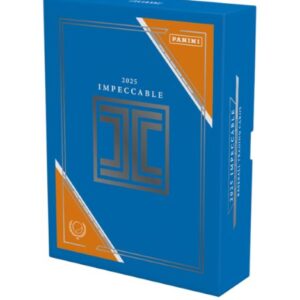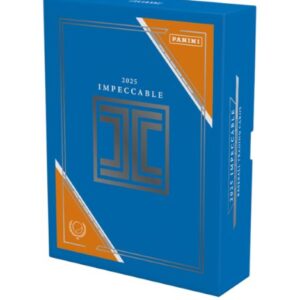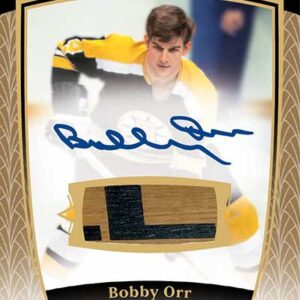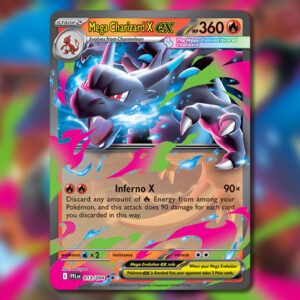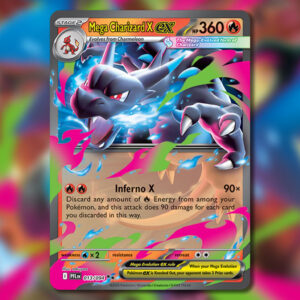In the world of card collecting, there’s a familiar scene unfolding outside big-box stores every Friday morning. Enthusiastic Pokémon Trading Card Game (TCG) collectors line up, buzzing with anticipation for that week’s fresh restock. The crowd is a mixed bag of genuine enthusiasts and hawk-eyed scalpers, all with one goal: snagging as much Pokémon merch as possible. Driven initially by a wave of nostalgia, this craze has mushroomed into a phenomenon that eerily resembles the infamous sports card bubble of the 1990s. So, is the Pokémon TCG bubble about to burst, or does it have a longer shelf life?
Fridays at the store have become nothing short of an adrenaline-fueled hunting frenzy. Shoppers—some with hearts set on completing their childhood collections, others simply eyeing a hefty flip online—dart towards the shelves the moment they’re restocked. It’s a mad dash that typically leaves casual collectors, many of them children just hoping for a chance at their favorite Pokémon, out in the cold. Scalpers, who often have little interest in Pokémon beyond their market potential, swarm with credit cards at the ready to snatch products off the shelves. Shortly thereafter, these once mass-market items reappear online sporting jaw-dropping markups.
The stark reality is that this speculative buying frenzy is pricing out the very fans who originally fueled the Pokémon resurgence. For all the action and battles involved in laying hands on a booster pack, casual fans face an uphill struggle, often leaving stores empty-handed while rare cards and boxes reappear digitally for audacious prices.
A considerable factor of this chaotic marketplace is The Pokémon Company’s reaction to gluttonous demand. Unleashing dramatic increases in production, they’ve turned what were once elusive, highly coveted sets into more widely available commodities. Collections like “Evolving Skies,” “Crown Zenith,” and novelty releases such as the “Van Gogh Pikachu” have inundated the market. Herein lies a revealing caveat: the “Van Gogh Pikachu,” a card that exemplifies perceived exclusivity, has nearly 40,000 graded PSA 10 copies currently in circulation. The saturation is palpable, underscoring skewed rarity perceptions that fool many into believing in a scarcity that simply doesn’t exist.
This current Pokémon craze offers an uncanny parallel to the sports card bubble of the late ’80s and early ’90s. Back then, sports memorabilia companies went into overdrive, flooding the market due to overwhelming demand. Collectors who once gambled on their rookie cards turning into gold were soon faced with a bitter truth—what they held as precious was printed en masse, reducing what seemed like treasures to mere paper piles. The inevitable collapse left many sitting on stacks of worthless memorabilia.
The Pokémon TCG market is riding a similar trajectory, with speculation-fueled buying, artificially hyped pricing, and ballooning PSA grading figures all acting as storm clouds signaling a potential market correction. Nevertheless, predicting the precise timing of such an implosion is a challenging game in itself. Yet there are signs that point towards an imminent peak saturation.
Scalpers soon might find themselves in hot water as debts mount, chased by the urgency to unload products as prices plateau or begin to revert. Additionally, collectors—armed with information about their supposed treasures’ actual populations—may start pulling back, accelerating price depreciation.
As we perhaps inch toward this climax, sagacious collectors who have experienced market whims through various collecting epochs advise steady hands and cautious eyes. They underscore the timeless lessons: true rarity doesn’t rest on demand-led overproduction, and lasting value finds its roots in authentic scarcity rather than any ephemeral hype.
For market aficionados and collectors alike, these could be the critical junctures where history—if taught and learned correctly—could prevent the industry from repeating past mistakes, providing a future that balances nostalgia with sustainability for the beloved Pokémon TCG.

